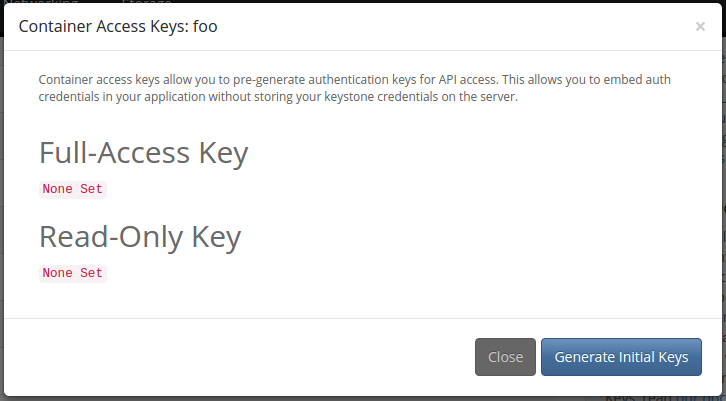What Is Api Key Generation
The panxapi.py-k option performs thetype=keygen API request to generate the API key for an administrator account.The -h and -l (ell) options specify the hostnameor IP address of the firewall and username and password arguments forthe API request.
Well as it has been mentioned, it is all dependant on the situation. One method that I needed to use was to authenticate a referer url with a specifically assigned API key. So with the API key all that was really needed was (pseudo) key = md5(referer url + name + salt) which you then can have a checksum for. I know it has been mentioned similar. Before setting up API keys, you must have created an API and deployed it to a stage. For instructions on how to create and deploy an API by using the API Gateway console, see Creating a REST API in Amazon API Gateway and Deploying a REST API in Amazon API Gateway, respectively.
Example: Generate API Key¶
Note
For brevity, the labs use the superuser administratoraccount admin; creating APIadministrator accounts using a custom admin role with the leastprivilege set of XML API types required for your usage,is recommended.
A.panrcfile contains hostname and API key variables optionallyreferenced by a tagname using the panxapi.py-t option. The .panrcfile is a convenient way to store API keys for all your firewalls ina file, then reference those keys by tag when executing API calls. You’llcreate a .panrc file in ‘Lab 2’ at the bottom of this page and use itfor all following API calls.
When -t is combined with -h, -l and -k, panxapi.pywrites .panrc format lines with the hostname and api_keyvariables to stdout.
Example: Generate .panrc Format Without tagname¶
Use a null string for the tagname to create tagless variables;these are matched when -t is not specified.
Example: Generate .panrc Format With tagname¶
Note
When the password is not specified on the command line the user isprompted for it. This is useful to avoid leaving the password inthe shell history.
Example: Create .panrc File Using Shell Output Redirection¶
Shell output redirection can be used to create your .panrc file.

Note /virtual-dj-pro-7-key-generator-serial-code.html.
The .panrc file contains authentication material; itshould have strict file permissions (read/write for the owner, andnot accessible by group or other).

The .panrc file entries with your tagname are verifiedby performing an operational command API request with -ocmd.
Example: Verify .panrc File¶
Note
Destiny 2 license key generator online. -X converts a CLI command to XML which isrequired for the API request: showclock is convertedto <show><clock></clock></show>.
-x prints the XML response to stdout.
Api Key Generator
Lab 2¶
What Is Api Key Generation 10
Create a
.panrcfile in your account’s $HOME directorycontaining entries for your lab firewall api_key andhostname.Hint
Use the shell redirection method shown above.
Create the
.panrcentries without a tagnamebecause the lab examples do not specify a -t option.Note
Your lab environment administrator password may not be
admin. An invalid password for atype=keygenrequest will result in403Forbidden.Perform an operational command API request to verify your
.panrcfile api_key and hostname entries.
What Is Api Key Generation 10
Solution